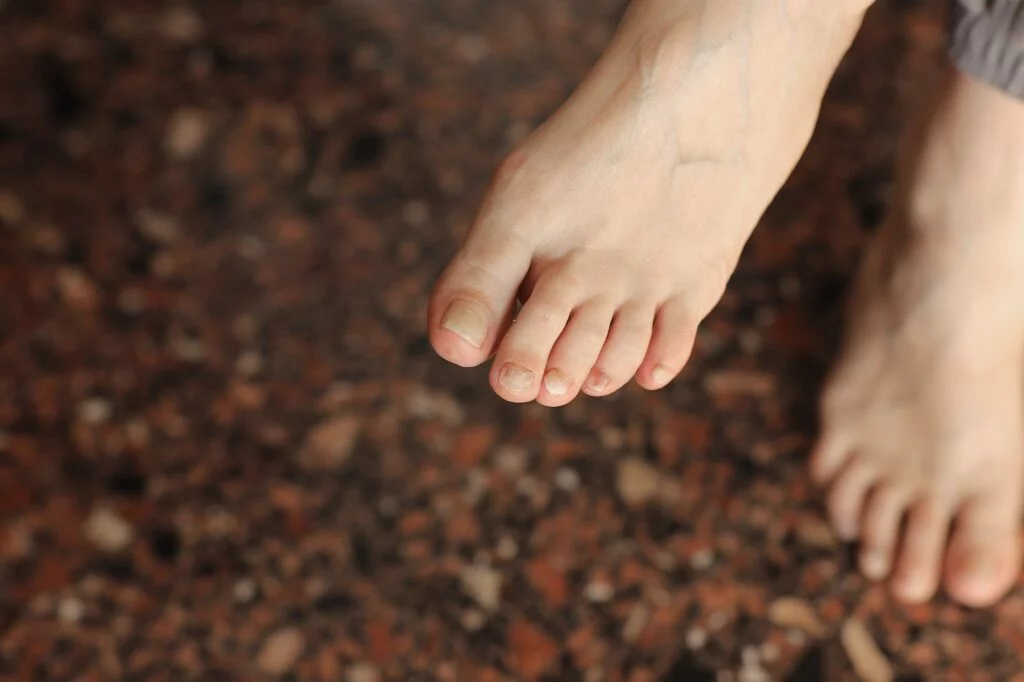Ingrown Toenail Q & A
What Causes an Ingrown Toenail?
An ingrown toenail, called onychocryptosis, occurs when the edge of a toenail — usually your big toenail — grows into the surrounding skin. The following problems can cause ingrown toenails.
- Improper Toenail Trimming: Trimming your toenails too short or giving them a rounded shape allows the skin to fold over the edge of the nail. As the nail grows, it goes deeper into the skin, causing an ingrown toenail. The solution is to trim your nails straight across the top.
- Ill-Fitting Shoes: Shoes that don’t fit properly, especially when they’re too short or too tight, put pressure on your toes that can lead to an ingrown toenail.
- Trauma or Foot Deformity: You have a higher risk of developing an ingrown toenail if you injure your toe, or you have bunions, hammertoe, or flatfeet. Ongoing daily trauma from repetitive activities can also cause the problem.
What Symptoms Develop Due to an Ingrown Toenail?
An ingrown toenail causes red, swollen skin and pain. Many patients experience intense pain. Your skin may become infected, a problem that needs prompt treatment to prevent the infection from spreading.
How is Plantar Fasciitis Treated?
Treatment approaches for plantar fasciitis include:
- Physical Therapy: Your podiatrist at Sacramento Foot and Ankle Center is likely to recommend a course of physical therapy to help stretch and strengthen your foot. Applying athletic tape correctly can also increase heel support and reduce pain.
- Night Splints: You can wear splints at night that stretch your plantar fascia and the Achilles tendon. This can help reduce the severity of your heel pain when you first get up and speed up your recovery.
- Custom Orthotics: Your podiatrist can design and create custom orthotics, which are inserts that you wear in your shoes. Custom orthotics help to take the pressure off the plantar fascia and allow it to heal.
- Injections: If your plantar fasciitis doesn’t respond to these therapies or is particularly severe, your podiatrist at Sacramento Foot and Ankle Center can administer steroid injections to reduce inflammation and pain.
How are Ingrown Toenails Treated?
Patients with diabetes or poor circulation due to a vascular problem should never try to treat an ingrown toenail at home. Instead, they should schedule an appointment at Sacramento Foot and Ankle Center to ensure they don’t develop complications.
If you don’t have diabetes, you can reduce the inflammation and pain by soaking your foot in warm salt water or soapy water, then applying an antiseptic and bandage.
You should not attempt to trim the ingrown nail because it’s easy to cut the skin and increase your risk for an infection. If your home care doesn’t help, your pain is severe, or you develop signs of an infection (drainage and excessive redness), you should seek treatment at Sacramento Foot and Ankle Center.
Your doctor may trim or remove the ingrown nail and use a temporary splint to separate the nail from the skin while it heals. If you struggle with recurring ingrown toenails, your doctor may prevent future problems by removing the ingrown nail along with some of the underlying tissue.
If you need help with a painful ingrown toenail, call Sacramento Foot and Ankle Center or schedule an appointment online.


